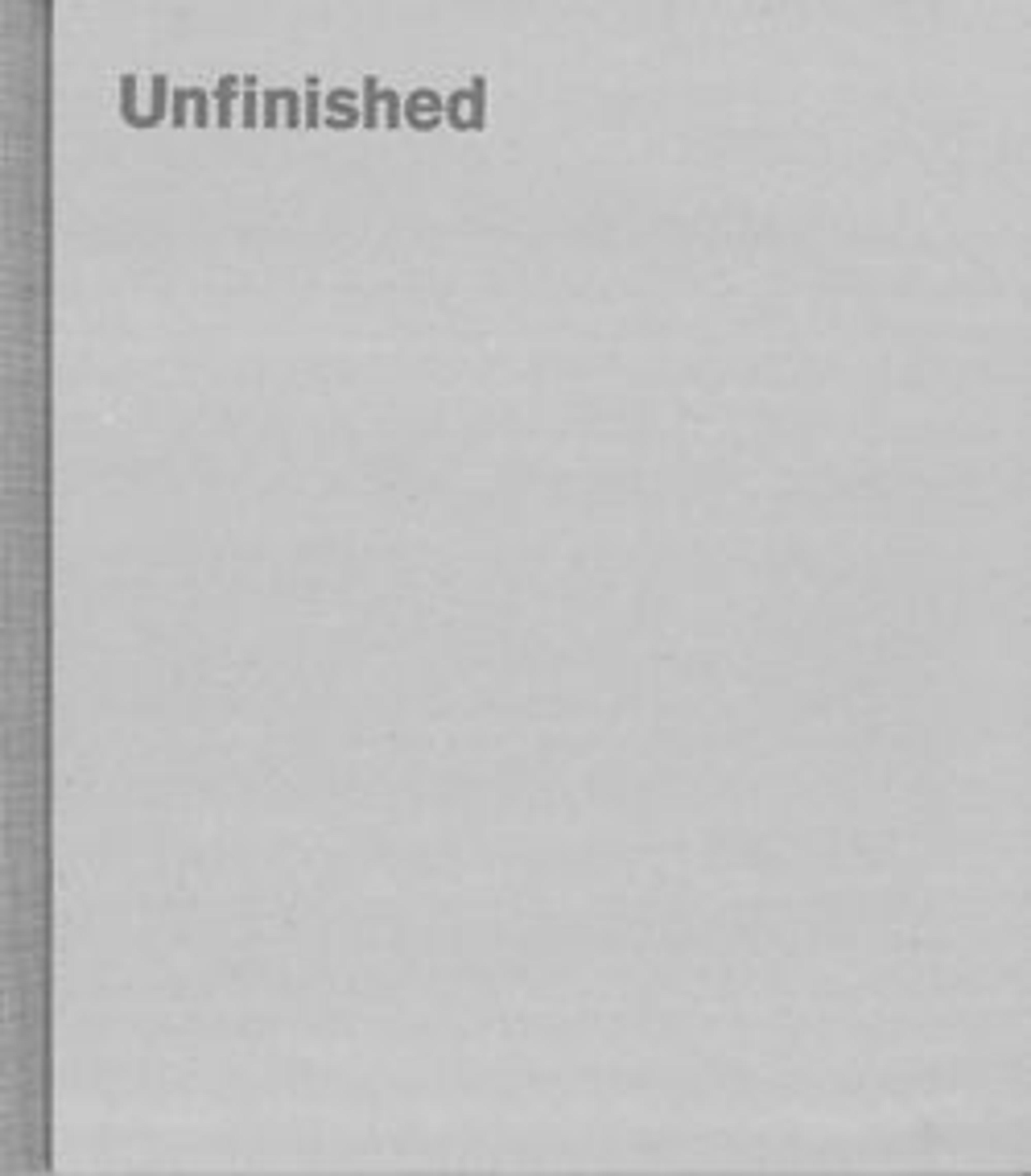The Tube Train
Like several artists active in the early-to-mid-twentieth century, Power sought to create art that would convey the dynamism of contemporary urban life. In order to depict symbols of modernity such as racecars, subways, sporting events, amusement parks, and machinery, he and other students at London’s Grosvenor School of Modern Art (which Power helped found in 1925) developed techniques using materials and processes that would allow them to convey the aesthetic of movement inherent in their subjects. . Led by their instructor Claude Flight (British, 1881-1955), the artists embraced the linoleum cut, a relief-printmaking technique related to the woodcut. An inexpensive, synthetic material created in the mid- nineteenth century, linoleum not only connoted modernity but was easier to carve than wood and allowed artists to realize a greater variety of effects, such as flat planes of color, numerous textures, and long, sinuous lines. Because of the strength of the material, artists were also able to pull a greater number of prints from each block without compromising quality; and, because the production costs were low, the resultant prints could be sold at a lower price, thus reflecting the democratic aspirations that also drove this group of artists.
In The Tube Train, Power depicts the car of a crowded London subway (known as "The Tube"), a subject found in numerous works by Grosvenor School artists. He layered flat planes of bold, often contrasting colors, and used curvilinear and concentric lines, jutting diagonals, and sharp edges to represent positive aspects of modernity (such as speed and efficiency, the intermingling of classes and genders in urban centers) as well the negative (such as feelings of alienation and reification). He drew his first pencil sketches for this complex scene in the early 1930s, later developing them into a crayon drawing. He then carved the design into a series of linoleum blocks with a sharp knife or other pointed instrument. Each block corresponded to a different color (red, yellow, green, and blue) and specific elements of the composition; the editioned print contains an expanded palette created through layering impressions from these blocks, as well as details Power added as the composition developed.
In The Tube Train, Power depicts the car of a crowded London subway (known as "The Tube"), a subject found in numerous works by Grosvenor School artists. He layered flat planes of bold, often contrasting colors, and used curvilinear and concentric lines, jutting diagonals, and sharp edges to represent positive aspects of modernity (such as speed and efficiency, the intermingling of classes and genders in urban centers) as well the negative (such as feelings of alienation and reification). He drew his first pencil sketches for this complex scene in the early 1930s, later developing them into a crayon drawing. He then carved the design into a series of linoleum blocks with a sharp knife or other pointed instrument. Each block corresponded to a different color (red, yellow, green, and blue) and specific elements of the composition; the editioned print contains an expanded palette created through layering impressions from these blocks, as well as details Power added as the composition developed.
Artwork Details
- Title:The Tube Train
- Artist:Cyril E. Power (British, London 1872–1951 London)
- Date:ca. 1934
- Medium:Linoleum cut; color proof blue
- Dimensions:Block: 12 1/2 x 1 in. (31.8 x 2.5 cm)
- Classification:Prints
- Credit Line:Gift of Johanna and Leslie Garfield, 2005
- Object Number:2005.470.9
- Rights and Reproduction:© Estate of Cyril Power. All Rights Reserved, 2016 /
Bridgeman Images - Curatorial Department: Drawings and Prints
More Artwork
Research Resources
The Met provides unparalleled resources for research and welcomes an international community of students and scholars. The Met's Open Access API is where creators and researchers can connect to the The Met collection. Open Access data and public domain images are available for unrestricted commercial and noncommercial use without permission or fee.
To request images under copyright and other restrictions, please use this Image Request form.
Feedback
We continue to research and examine historical and cultural context for objects in The Met collection. If you have comments or questions about this object record, please contact us using the form below. The Museum looks forward to receiving your comments.
